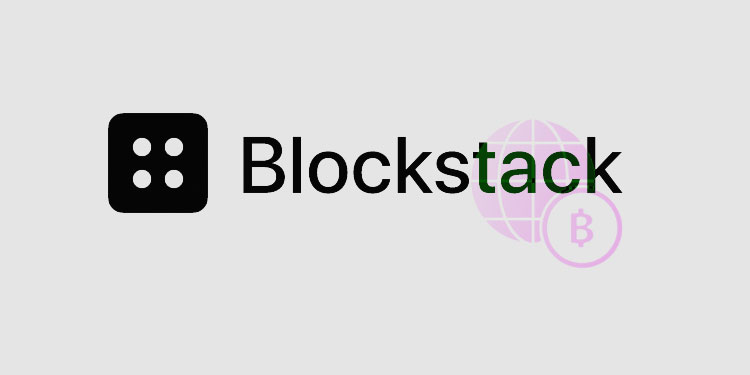
A new Bitcoin-based consensus mechanism
A working blockchain is the key to Blockstack's ability to power a new type of decentralized Internet, which gives users more control over their data and makes content censorship much more difficult.
The key innovation of this new consensus mechanism: use bitcoin. In addition to regularly storing a Stacks blockchain hash on Bitcoin, many of the node participants in the blockchain will receive rewards in BTC, a more reliable source of value than prizes in a native Stacks token, STX.
"A successful Proof of Transfer test would signal a third viable option that relies instead on Bitcoin as the basis for a Web3 in the future," said Muneeb Ali, CEO of Blockstack PBC. "It would literally create a new use case for BTC."
To summarize, PoX uses miners and stackers. Miners record transactions, just like those on Bitcoin or Ethereum blockchains, and stackers keep a copy of the blockchain while signaling which fork to mine. The Investors they earn new STXs from inflation and pay their stake in BTC. That BTC is distributed to stackers, who use it in the staking by STX.
Bitcoin was originally incorporated as a way to connect securities to the safest cryptographic network of all and to offer more users a better incentive to participate actively. With the evolution of design, the team began to see more possibilities.
The testnet
All BTC and STX on the testnet will be simulated, but the developers have a tangible reason for taking part. Blockstack has a set of planned bug rewards for everything from security to smart-contract functionality. By joining the testnet, developers can help Blockstack identify problems and earn rewards.
Here are some notes on the stack consensus design that will be tested:
- The usual threat of losing cryptocurrencies placed due to negligent behavior is not part of the design for the "stacker" nodes on the Stacks blockchain.
- Tezos-style delegation has been implemented, so users won't have to run a node to participate.
- The threshold for STX required to run a node has been lowered and will be dynamic, based on the level of participation.
Testnet will offer smart-contract developers the opportunity to try out Blockstack's new programming language, Clarity, which will also be previewed. Last year's Electric Capital report showed that a well-designed testnet has always been one of the best tools to attract more developers interested in a new public blockchain. The Stacks blockchain was first launched in late 2018. Blockstack plans to launch the mainnet of its new consensus mechanism, Blockstack 2.0, this summer.
